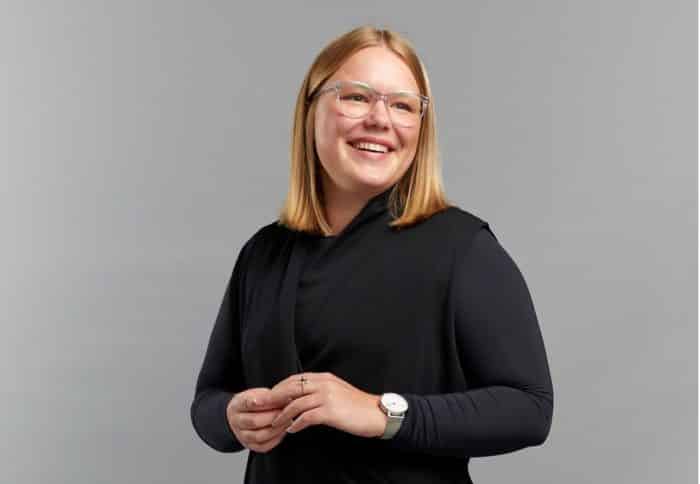Emma de Haan (’09)
Career Journey
After graduating in 2009 I went to RMIT to study my Bachelor of Architectural design. With a one-year break to travel and understand the world in which I would be designing, I graduated in 2013 and by this stage had gained experience in a small residential firm as well as a firm that worked on large-scale public buildings primarily within Australia and China. Keen to experience working in architecture in another global setting I moved to London in 2014 where I worked again within small-scale practice. Keen to remain in the UK I then pursued my Masters Degree at The Bartlett School of Architecture, UCL. Upon graduating I worked first for a mid-size firm and then Grimshaw Architects, an AJ 100 practice whose projects range across building typologies, countries and scales. During my time with Grimshaw I completed my qualification studies at Bath University and had, 9 years later, become an Architect. I have since moved to The Netherlands where my role has been specialised, I work as a 3d Designer with an Urban Design firm, Posad Maxwan in The Hague. This most recent professional development has provided me the opportunity to focus on the part of my job that has always brought me the most joy; modelling architecture and urban design schemes within a 3d parametric environment.
How did Strathcona prepare you for your chosen career?
Alongside some excellent and encouraging teachers within the Art and Design Department, during my later years of School, I was given resources, time, and teaching that enabled me to explore what I was interested in. Within the Visual Communication subject, I was introduced to the Adobe Creative Suite; within the Art course, I was learning in great detail modern art theory whilst simultaneously creating and producing my own artwork. These experiences would form the foundation of a design language that I perfected more formally in my tertiary studies but am really still developing today.
Who was a major influence on your career path?
Before my career really began in earnest, there was key involvement from my Year 12 art teacher, Ginetta Ito Cannon. I was not sure which design field I might be suited to in a professional capacity and along with discussing the options that might be available, she also helped to organise a work experience placement within an architecture firm. This was a pivotal moment at which I was able to gauge what the day-to-day of an architect looks like and that indeed it would be a profession that would deeply interest me. From then there have been many people who have helped and inspired me along the way, from university lecturers, seniors within the firms that I have been lucky enough to work with, and of course, the many fantastic peers who I have met along the way.
When did you decide that this is what you wanted to do?
I wasn’t completely convinced about the field of Architecture until I started university. Upon graduation from Strathcona, I had put a wide range of design-oriented university entrance preferences on my form however instinctively knew that Architecture might suit me well. The first year of Architectural studies is a period that brings with it a steep development curve. From meeting lifelong friends to learning the essence of what makes a building (or an excellent building), how to read and draw construction documentation to presentation and defense for your ideas both verbally and through drawings: you are introduced to the basic skills that will be used throughout you career. It was when these new abilities started to develop and work in harmony that I began to realise my interest in the profession, in earnest.
What are your career highlights?
Without a doubt, the highlight of my career has been to live, work and study across the globe. The versatility of design brings with it immense flexibility and transferable skills that are valuable whichever the country. This in turn has led to involvement on numerous world-leading projects, it has introduced me to some highly competent and inspiring people and has given me a deep understanding of cities in the world other than where I was born.
What day-to-day things do you enjoy about your job?
The majority of my day is spent creating. The reality that I am remunerated for drawing, modelling, creative problem solving, and working with other people to make the built environment the best we can for future generations is a privilege that I am truly grateful for.
What core attributes do you need for your chosen career?
To know a little about a lot is key to being a great designer, therefore I would say natural curiosity, good listening, and communication skills are key. To design a good city we should be interested in the people, the place, its history, its aesthetic sensibility, what is there now, and what was there once. To be observant with inquisitiveness will serve you well!
What advice would you give to someone looking to start in your industry?
You should become as clear as possible, as early as possible about whether buildings and the built environment are themes that you are deeply passionate about. This is an incredibly rewarding career, but also one that requires time, effort, attention, and dedication, therefore making a sincere interest paramount to success.


